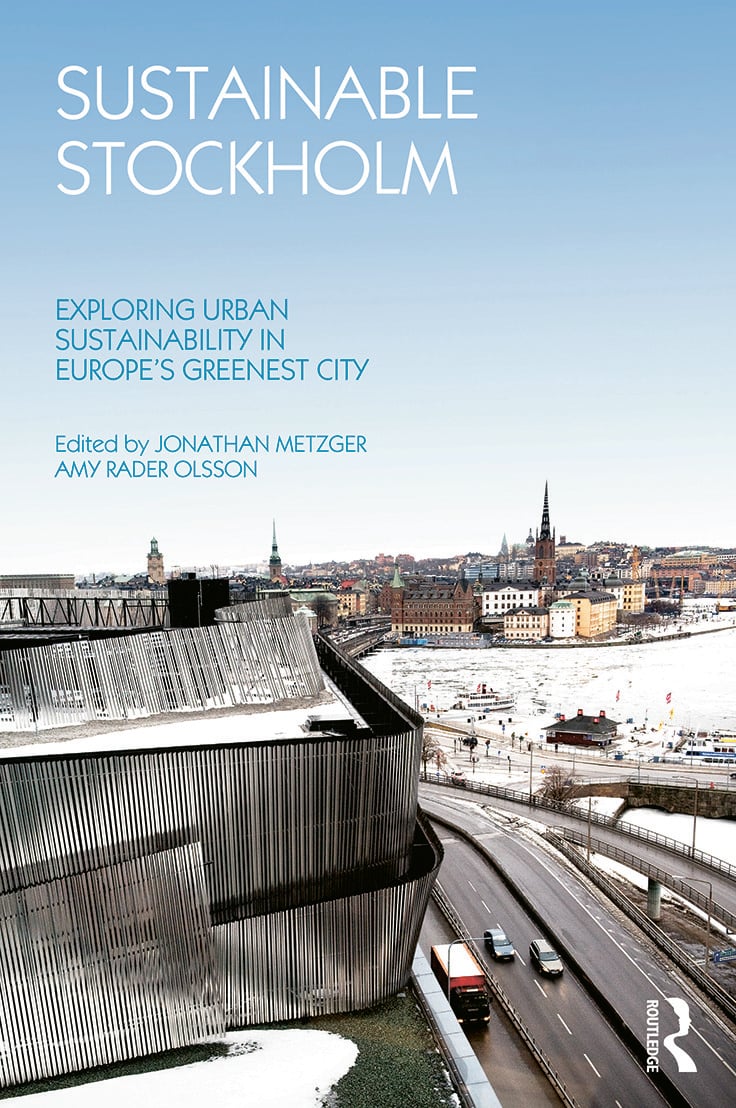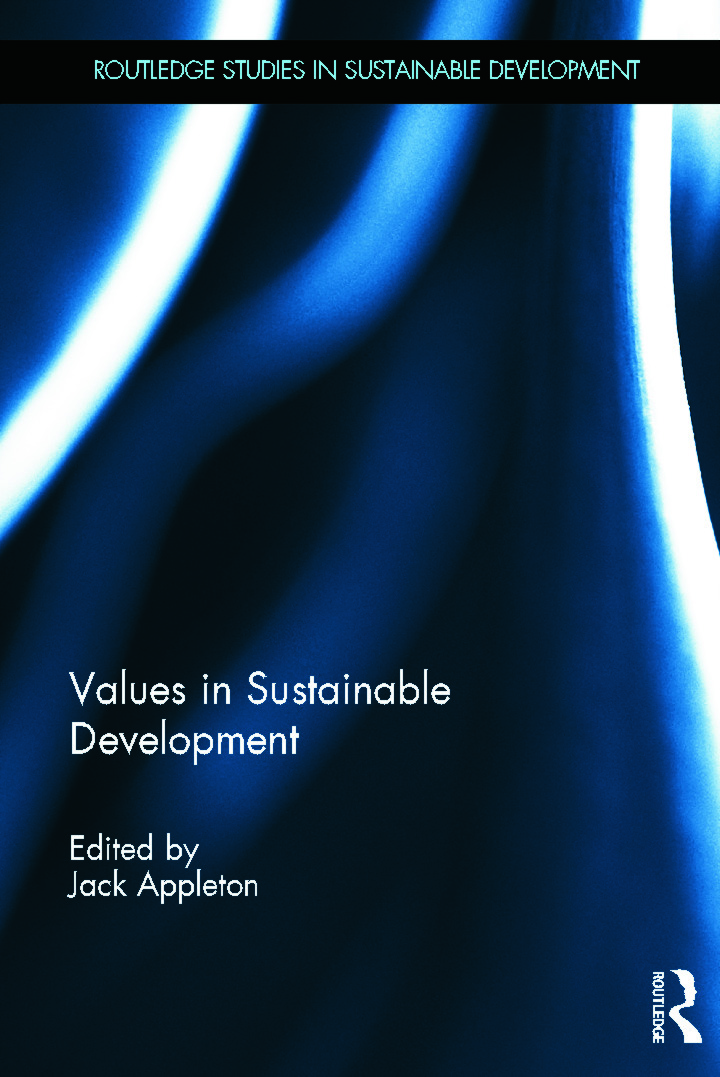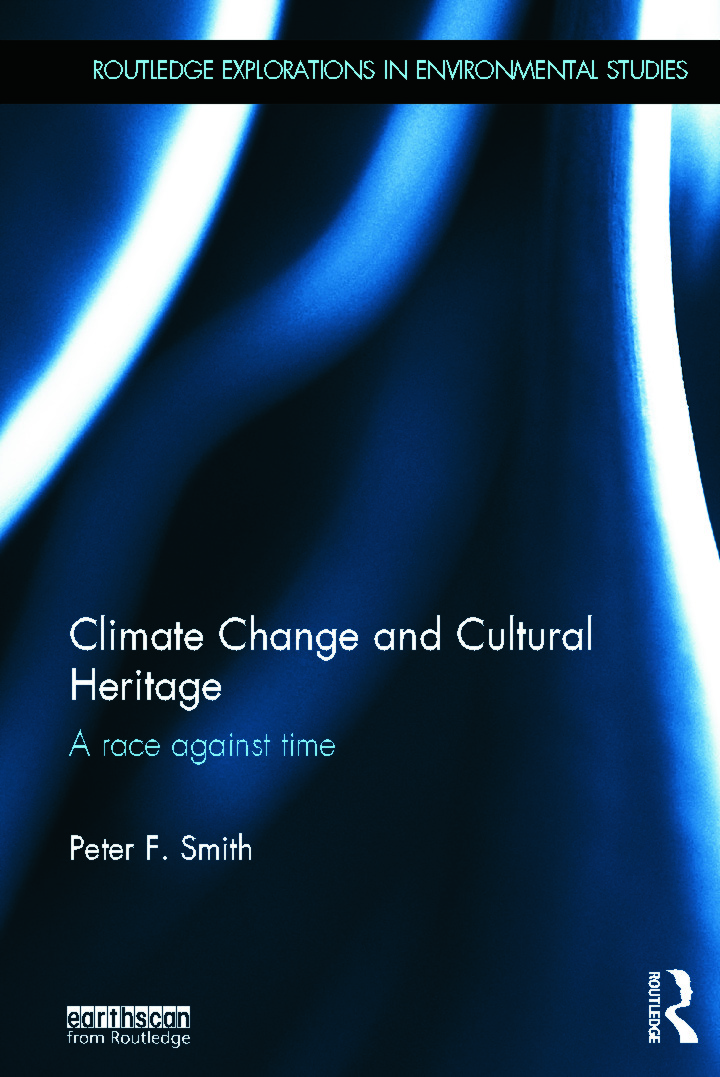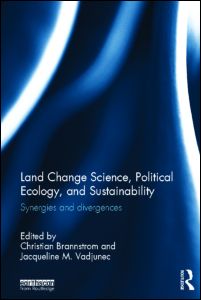Sustainable Stockholm
Exploring Urban Sustainability in Europe’s Greenest City
 Edited by Jonathan Metzger, Amy Rader Olsson
Edited by Jonathan Metzger, Amy Rader Olsson
Routledge – 2014 – 248 pages
Descriptions:
Sustainable Stockholm provides a historical overview of Stockholm’s environmental development, and also discusses a number of cross-disciplinary themes presenting the urban sustainability work behind Stockholm’s unique position, and importantly the question of how well Stockholm’s practices can be exported and transposed to other places and contexts.
By using the case of Stockholm as the pivot of discussions, Sustainable Stockholm investigates the core issues of sustainable urban environmental development and planning, in all their entanglements. The book shows how intersecting fields such as urban planning and architecture, traffic planning, land-use regulation, building, waste management, regional development, water management, infrastructure engineering—together and in combination—have contributed to making Stockholm Europe’s "greenest" city.
Contents:
Introduction: The Greenest City?
Jonathan Metzger and Amy Rader Olsson
From ugly duckling to Europe's first green capital: a historical perspective on the development of Stockholm's urban environment
Björn Hårsman and Bo Wijkmark
Using the concept of sustainability to work: interpretations in academia, policy, and planning
Ulrika Gunnarsson-Östling, Karin Edvardsson Björnberg, and Göran Finnveden
A Sustainable Urban Fabric: The development and application of Analytical Urban Design Theory
Lars Marcus, Berit Balfors, and Tigran Haas
Sustainable urban flows and networks: theoretical and practical aspects of infrastructure development and planning
Folke Snickars, Lars-Göran Mattsson, and Bo Olofsson
The Economics of Green Buildings
Hans Lind, Magnus Bonde, and Agnieszka Zalejska-Jonsson
Performing sustainability: institutions, inertia and the practices of everyday life
Ebba Högström, Josefin Wangel, and Greger Henriksson
From Eco-Modernizing to Political Ecologizing: Future challenges for the Green Capital
Karin Bradley, Anna Hult, and Göran Cars
Urban sustainable development the Stockholm way
Amy Rader Olsson and Jonathan Metzger
For more information: http://www.routledge.com/books/details/9780415622134/





















